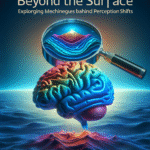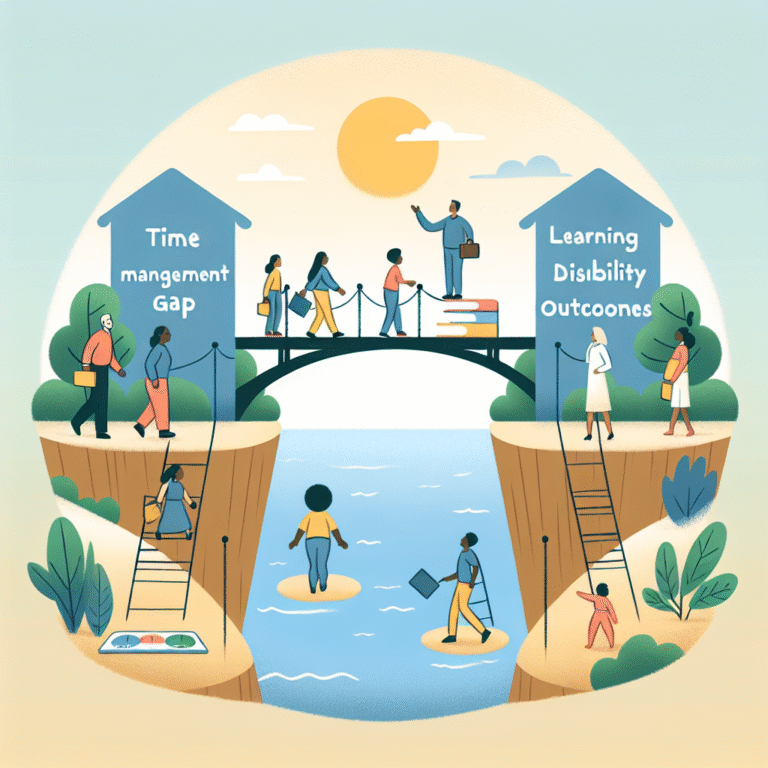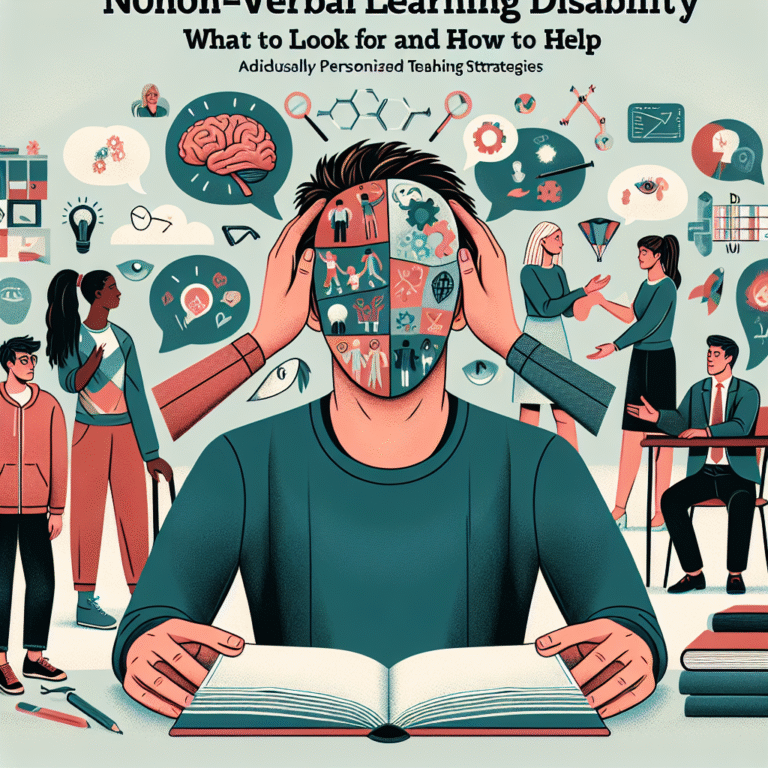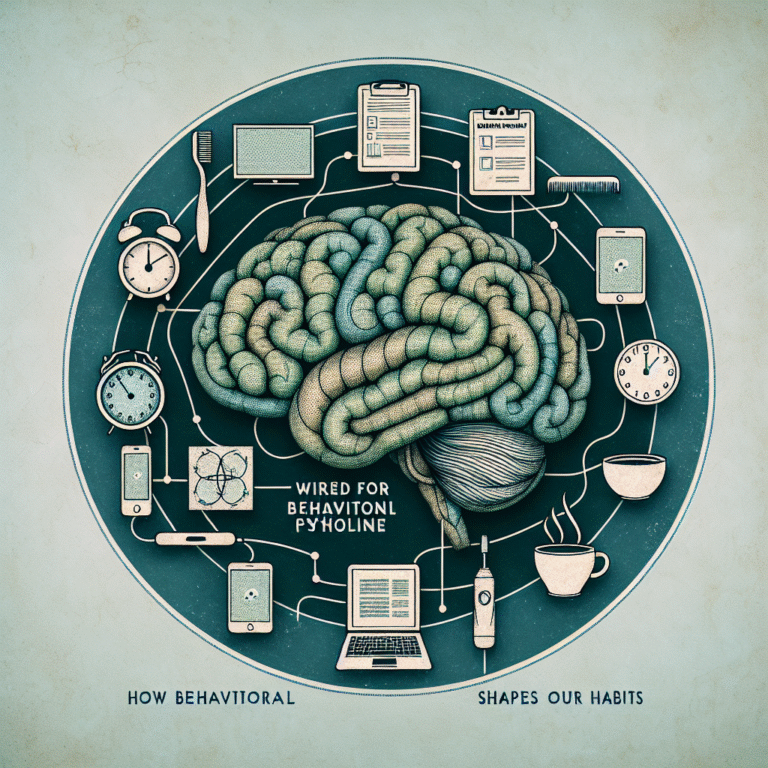
Navigating the Journey: Essential Early Dyslexia Symptoms That Need Attention
Introduction
Dyslexia often paints a confusing tapestry of challenges for both children and their parents. With early detection being paramount, parents play a vital role in navigating the labyrinth of symptoms that can indicate dyslexia. Understanding these early dyslexia symptoms is crucial—this knowledge equips caregivers, educators, and even the children themselves with strategies that can pave the way for successful learning experiences. In this article, we will explore the critical early signs of dyslexia, arming you with the expertise necessary to make informed decisions and ultimately transform potential challenges into promising opportunities.
Understanding Dyslexia
What is Dyslexia?
Before delving into early symptoms, let’s clarify what dyslexia is. Dyslexia is a learning disorder that primarily affects reading, spelling, and writing abilities. It’s not related to intelligence; rather, it stems from differences in how the brain processes written and spoken language.
Importance of Early Identification
Navigating the journey of understanding dyslexia begins with awareness. Early identification can lead to timely interventions that significantly improve outcomes for those affected. By focusing on early dyslexia symptoms, we can foster a supportive environment that encourages learning and self-acceptance.
Recognizing Early Symptoms
1. Language Development Delays
One of the first signs parents might notice is a delay in language skills. Children may struggle to pronounce words, have a limited vocabulary, or have difficulty remembering and using new words. Key characteristics include:
| Symptoms | Indicators |
|---|---|
| Limited vocabulary | Fewer words than peers |
| Difficulty with sounds | Trouble with rhymes or recognizing syllables |
| Role of auditory processing | Mispronunciation due to difficulty hearing sounds distinctly |
Case Study: Tom
Tom, a six-year-old, struggled with rhyming games his peers enjoyed. His parents noticed that he often mixed up sounds and had difficulty pronouncing specific words. After consulting a specialist, Tom’s parents learned that these language delays were early indicators of dyslexia. Armed with this knowledge, they sought supportive educational strategies, leading to significant improvements in Tom’s reading skills.
2. Difficulty with Phonemic Awareness
Phonemic awareness is the ability to recognize and manipulate the individual sounds in a word. Children with dyslexia often struggle in this area, making it challenging to decode words when learning to read.
| Symptoms | Indicators |
|---|---|
| Trouble blending sounds | Difficulty putting sounds together to form words |
| Segmenting issues | Struggles with breaking words down into individual sounds |
Case Study: Sarah
Sarah, another child identified at an early stage, exhibited significant difficulty in blending sounds during reading exercises. With the guidance of a reading specialist, her parents implemented targeted activities that improved Sarah’s phonemic awareness, helping her gain confidence in her reading abilities.
3. Trouble Reading Fluently
Navigating the journey of literacy often means tackling reading fluency. Children with dyslexia may read slowly, stumble over words, and exhibit poor comprehension.
| Symptoms | Indicators |
|---|---|
| Slow reading pace | Takes longer than peers to read sentences or paragraphs |
| Frequent errors | Omission or substitution of words |
Case Study: Michael
At age seven, Michael’s reading was noticeably slower than that of his classmates. His teachers recognized these symptoms and initiated an Individualized Education Plan (IEP). With tailored support, Michael improved not only his reading speed but also his overall academic performance.
4. Spelling Challenges
Children with dyslexia often show inconsistency in spelling. Their writing may contain many mistakes, which don’t correlate with their spoken language abilities.
| Symptoms | Indicators |
|---|---|
| Inconsistent spelling | Regularly misspelling words that are frequently used |
| Difficulty with phonetic spelling | Struggles to connect sounds with letters |
Case Study: Emma
Emma often reversed letters in her writing and struggled with spelling familiar words. Using multisensory techniques, her teacher helped her practice spelling in a more engaging way. Over time, Emma not only improved her spelling accuracy but also regained her enthusiasm for writing.
5. Memory Retention Issues
Another challenge in dyslexia is often linked to memory retention, especially regarding the manipulation of language and information. Children may struggle to recall instructions or information previously learned.
| Symptoms | Indicators |
|---|---|
| Difficulty remembering tasks | Often forgets assignments or what was just read |
| Trouble recalling sound-letter relationships | Struggles to connect letters with their sounds |
Case Study: Alex
Alex frequently forgot what his teacher had asked him to do, even when it was communicated clearly. After parents sought assistance from a psychologist, strategies were implemented to improve his memory retention. These included using visual aids and mnemonic devices to aid learning.
Negative Impact of Ignoring Symptoms
Why Early Attention Is Critical
Ignoring early symptoms of dyslexia can have long-term consequences. Children may develop low self-esteem and anxiety about reading and writing. Schools may misinterpret the signs as simply a lack of effort or intelligence, leading to a cycle of frustration.
| Consequences | Effects |
|---|---|
| Emotional struggles | Decreased self-confidence |
| Academic hurdles | Increased frustration and anxiety |
Strategies for Support
1. Early Intervention
Providing educational support early on can significantly transform a child’s academic trajectory. This may include specialized tutoring, utilizing reading software, or enrolling in specialized programs.
2. Multisensory Approaches
Engaging multiple senses can enhance learning. Using sight, touch, and sound collectively can facilitate information retention and make learning more enjoyable.
3. Create a Supportive Environment
A nurturing home and school environment is essential. Open lines of communication between parents, teachers, and specialists help formulate the best practices for addressing early dyslexia symptoms.
4. Encourage a Love of Reading
Promoting reading beyond the classroom can foster a positive relationship with literacy. Children can benefit immensely from being read to or allowed to explore books that interest them, boosting their intrinsic motivation.
Navigating the Journey with Technology
Technological Advancements
Modern technology offers many tools to assist those with dyslexia. Text-to-speech applications, audiobooks, and specialized reading programs can make a monumental difference in learning outcomes.
| Tools | Description |
|---|---|
| Text-to-speech software | Converts written text into spoken words |
| Audiobooks | Offers a more accessible format for literature |
Conclusion
Navigating the journey of identifying and addressing early dyslexia symptoms is pivotal for fostering a brighter future. Recognizing the early warning signs enables caregivers and educators to provide tailored support, leading to improved skills and confidence. It’s an inspiring journey—one where knowledge, compassion, and proactive strategies combine to empower learners to overcome challenges.
Supporting children with dyslexia is not merely about focusing on their difficulties but understanding their unique ways of learning. Armed with awareness and the appropriate resources, parents and educators can create an enriching environment where each child can thrive.
FAQs
1. What is the first step if I suspect my child has dyslexia?
If you suspect your child has dyslexia, the first step is to consult their teacher for observations and seek an assessment from a qualified professional.
2. At what age can dyslexia be diagnosed?
Dyslexia can often be identified as early as age five, though formal diagnosis may occur once children begin learning to read.
3. Are there specific tests for dyslexia?
Yes, many assessments measure various skills, including reading, writing, and phonemic awareness, which can help in diagnosing dyslexia.
4. Can dyslexia be cured?
Dyslexia is lifelong; however, with the right support and interventions, individuals can learn to manage their symptoms effectively.
5. How can I support my child at home?
Encouraging a love for reading, providing a structured learning environment, and using interactive tools can be greatly beneficial.
6. What resources are available for parents?
Many organizations offer resources, including books, support groups, and educational tools specifically designed for dyslexia.
Understanding early dyslexia symptoms and addressing them with care can transform challenges into success stories. The journey, while complex, is filled with potential, resilience, and hope.

















